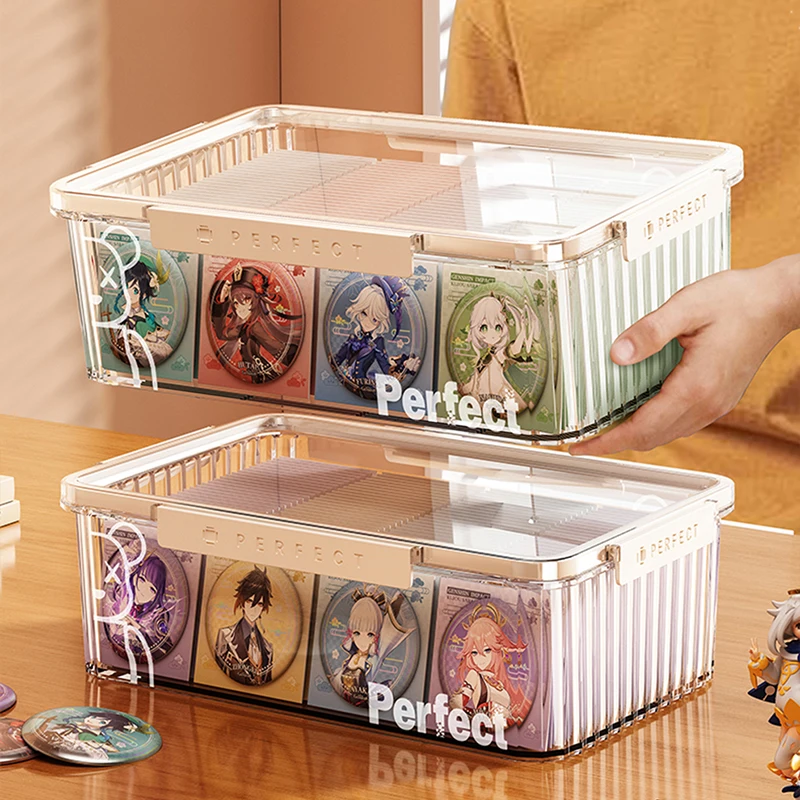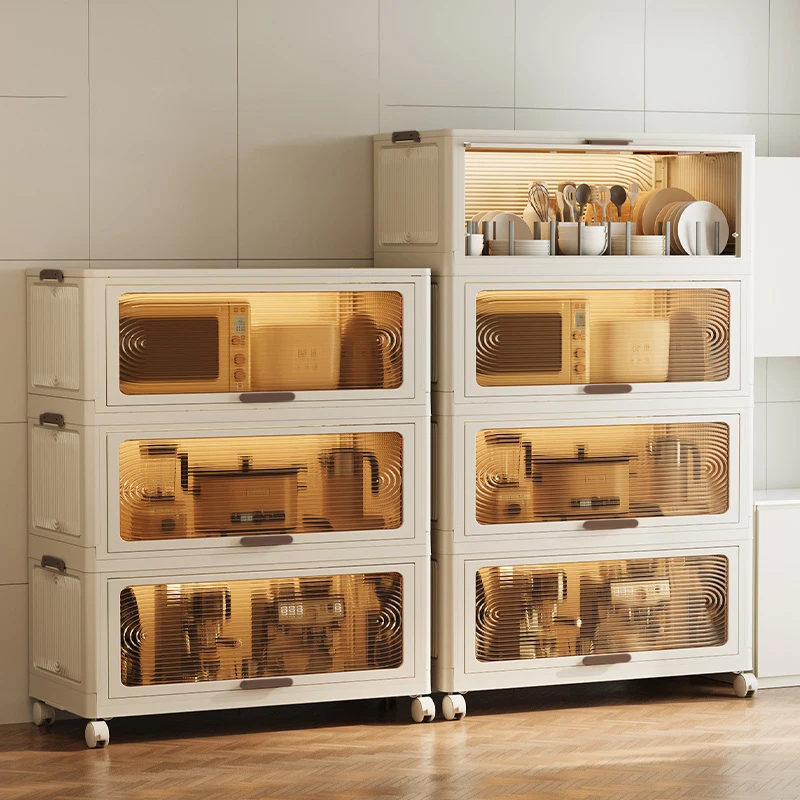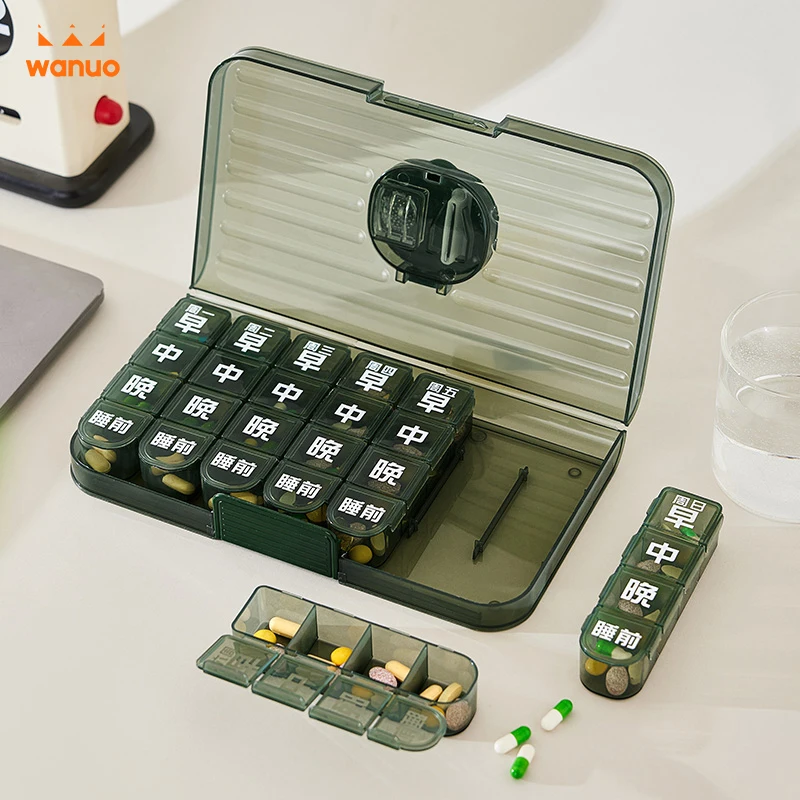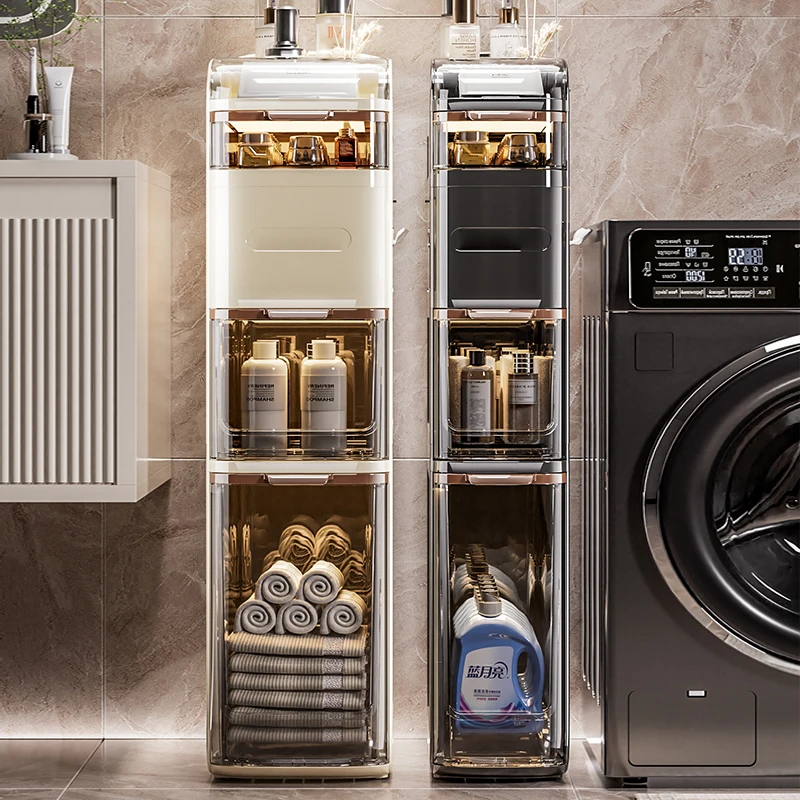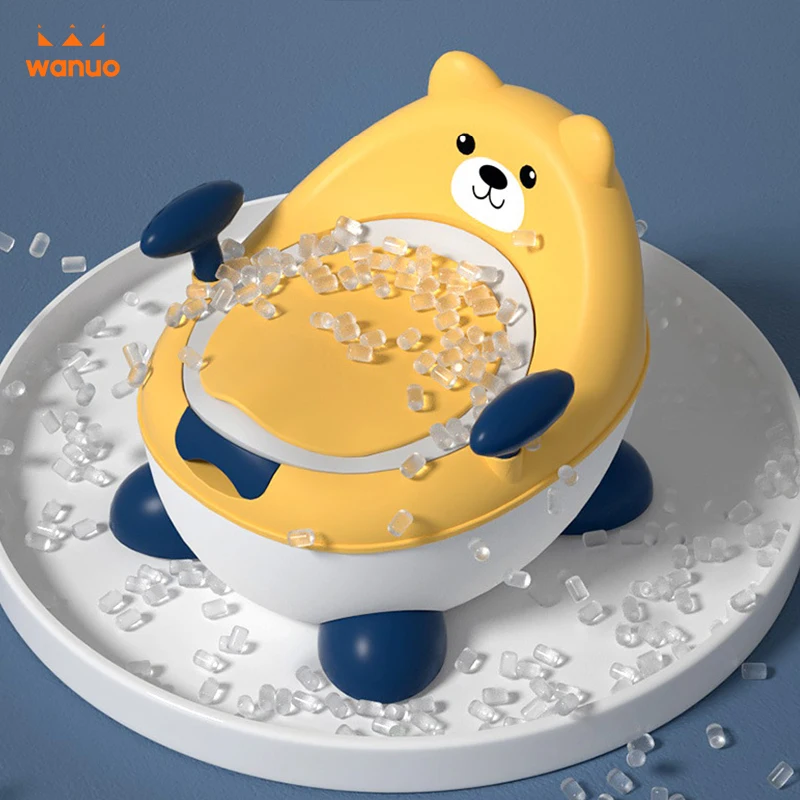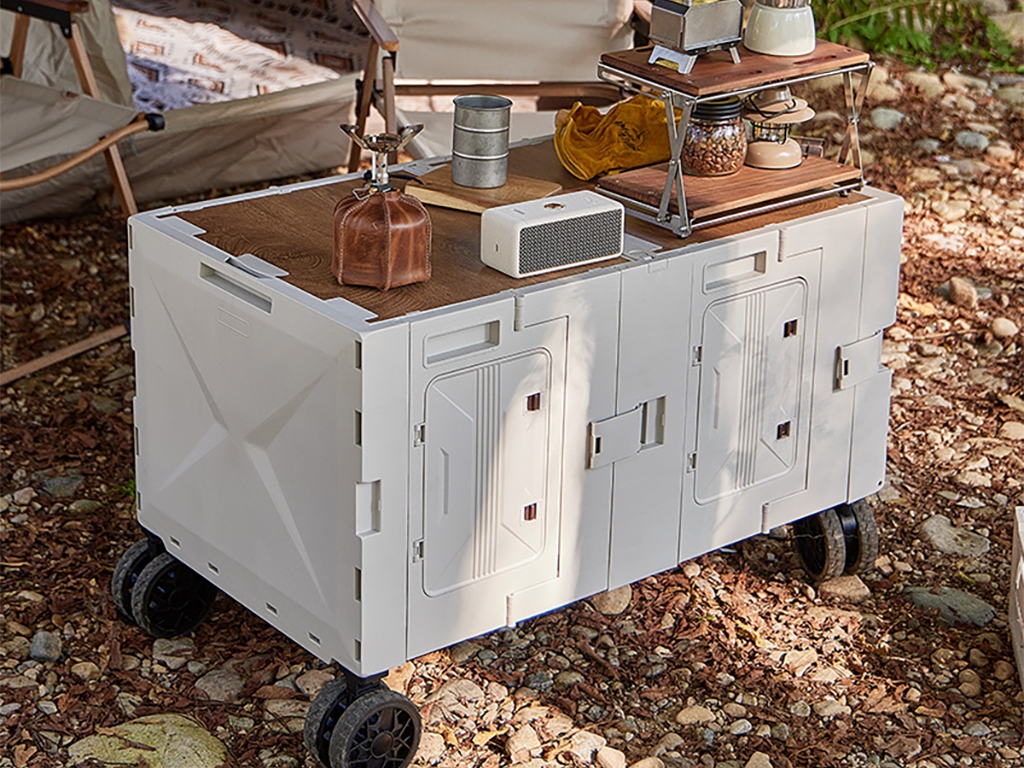How to Choose a Cereal Dispenser
Choosing the right cereal dispenser depends on understanding how different designs balance convenience, portion control, and space efficiency.
Gravity-Fed vs. Push-Button Dispensers: How They Work and When to Use Them
Dispensers that are gravity-fed use tilted chambers to release cereal as a lever or door opens—these work best with lightweight options like puffed rice and cornflakes. And push-button models, which feature spring-loaded flaps that allow for accurate, one-handed dispensing and better accommodate denser cereals (like granola). For the families with young kids, gravity systems are generally more favored as these feature much simplicity whereas in office environments people appreciate the push-button designs that effectively help reduce spillage.
Rotating and Portion-Controlled Models for Accurate Serving
Rotating dispensers feature multiple chambers for different cereals, while portion-controlled units release pre-measured amounts (typically 0.5—1.5 oz per serving). These models help households track nutritional intake and reduce over-pouring by 20—40% according to food waste studies.
Countertop vs. Wall-Mounted: Space and Installation Considerations
Countertop dispensers offer plug-and-play convenience, with slim designs (often ⒑" deep) fitting under cabinets. Wall-mounted versions free up workspace but require drilling. A 2023 survey found 68% of small-space homeowners preferred wall-mounted options, while 72% of families with children prioritized countertop access.
Specialty Dispensers for Granola, Puffed Rice, and Other Cereal Types
Granola dispensers include adjustable openings to accommodate large clusters, while puffed rice models use airflow controls to prevent fragmentation. Some feature dual chambers for mixing cereals with dried fruit or nuts, reducing waste by 15—30% compared to standard designs.
Size, Capacity, and Kitchen Space: Matching the Dispenser to Your Household Needs
Choosing the Right Capacity Based on Family Size and Consumption
Single-person households typically need 5—8 cup models, while families of four often require 20—30 cups to avoid frequent refills. Transparent side markings help track inventory and simplify grocery planning.
Benefits of Bulk Storage: Reducing Grocery Trips and Packaging Waste
Bulk dispensers cut packaging waste by up to 40% annually and reduce shopping frequency—households with 20+ cup dispensers report 30% fewer grocery trips.
Compact and Space-Saving Designs for Small or Crowded Kitchens
For tight spaces, prioritize vertical wall-mounted dispensers or slim countertop units under 12’ wide. Rotating carousel-style models maximize corner spaces efficiently.
Balancing Accessibility with Storage Efficiency
| Design Feature | Accessibility | Storage Efficiency |
|---|---|---|
| Wide, shallow containers | High | Low |
| Tall, narrow columns | Moderate | High |
| Front-dispensing chutes | High | Moderate |
Material and Build Quality: Durability, Safety, and Sustainability
Plastic, Glass, or Stainless Steel: Comparing Durability and Safety
BPA-free plastics offer lightweight affordability, while glass provides scratch resistance. Stainless steel excels in dent resistance and structural integrity.
Resistance to Stains, Odors, and Cracking in Daily Use
- Stainless steel resists stains with simple wipes
- Glass remains odor-neutral
- High-density plastics avoid cloudiness but may warp near heat
Eco-Friendly Benefits of Reusable Cereal Dispensers
Reusable dispensers eliminate up to 24 single-use cereal bags annually. Glass and stainless steel models reduce landfill contributions by 85% compared to plastic alternatives.
Design vs. Longevity: Avoiding Trendy but Short-Lived Models
Opt for classic designs with:
- Thick borosilicate glass
- Stainless steel dispensing mechanisms
- Modular components for easy part replacement
Preserving Freshness and Ensuring Hygiene with Airtight Seals
How Airtight Seals Keep Cereal Fresh and Prevent Staleness
Airtight seals block oxygen and humidity, slowing texture decline by limiting air exchange. High-quality silicone or rubber gaskets create an effective barrier.
Moisture and Pest Protection Features in High-End Models
| Feature | Benefit |
|---|---|
| Double-locking lids | Prevents pest entry |
| Silicone moisture traps | Absorbs ambient humidity |
| UV-resistant materials | Shields cereals from light-induced vitamin loss |
Easy Cleaning: Dishwasher-Safe Parts and Removable Components
Prioritize:
- Wide-mouth openings
- Detachable spouts
- BPA-free plastics or stainless steel for dishwasher safety
Evaluating Airtight Claims: What Works and What’s Marketing Hype
Verify performance through:
- Third-party certifications like NSF/ANSI 51
- Water immersion tests
- User reviews emphasizing long-term freshness
Improving Kitchen Organization and Breakfast Efficiency
A well-chosen cereal dispenser transforms cluttered pantries into streamlined breakfast hubs.
Streamlining Morning Routines with Easy-Access Cereal Storage
- One-handed operation: Push-button or gravity-fed dispensers simplify serving.
- Reduced decision fatigue: Clear containers display options instantly.
- Portion control: Built-in measuring prevents spills and over-pouring.
Visual Appeal and Functional Layout: Integrating the Dispenser into Your Kitchen Design
Match materials to decor:
- Modern kitchens: Stainless steel or glass
- Rustic spaces: BPA-free plastic with wood accents
- Small kitchens: Slim wall-mounted units
Transparent designs double as decorative elements while reducing the need for additional organizers.
FAQ
What is the advantage of using a gravity-fed cereal dispenser?
Gravity-fed cereal dispensers are ideal for lightweight cereals such as puffed rice and cornflakes. They are often preferred by families with young children due to their simplicity of use.
Which cereal dispenser type is best for granola?
Push-button models are recommended for granola because they allow for one-handed dispensing and can better accommodate denser cereals.
How can cereal dispensers help in kitchen organization?
Cereal dispensers streamline breakfast routines by reducing clutter, offering clear display options, and helping with portion control.
What is the benefit of using reusable cereal dispensers?
Reusable cereal dispensers reduce packaging waste by replacing single-use cereal bags and often contribute significantly less to landfill.
Recommended Products
 Hot News
Hot News
-
Innovative & Eco-Conscious: Foldable Plastic Car Trunk Organizer Revolutionizes Travel Convenience
2025-11-18
-
Entryway Shoe Chaos Solved: Multi-Layer Plastic Cabinet Assembles in 10 Minutes—A Renter’s Dream
2025-11-17
-
No DIY Skills? This Multi-Layer Plastic Shoe Cabinet Assembles in Minutes—Perfect for Renters
2025-11-16
-
Foldable Plastic Shoe Cabinet Redefines Renter Mobility: Ultra-Portable Design Revolutionizes Furniture Transport
2025-11-15
-
Portable Foldable Shoe Cabinet Becomes a Must-Have for Renters: Easy Setup & Space-Saving Design Gain Global Popularity
2025-11-14
-
Why a Storage Cart is Essential for Your Home Organization
2025-07-09
